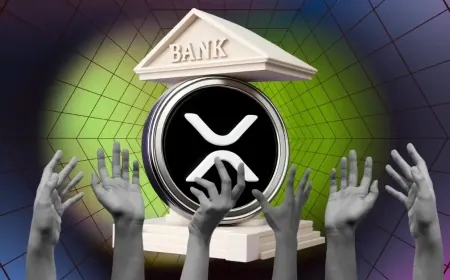Beware: Elon Musk Deepfakes Trigger Crypto Scams and Cybersecurity Concerns
Crypto scams surged as 50 Cent and Elon Musk deepfakes misled viewers, highlighting growing cyber threats. Learn how to protect yourself against such frauds.

This weekend was marked by a series of crypto scams, hacks, and deepfake incidents. Late on Friday, hackers took over 50 Cent’s accounts to promote the memecoin GUNIT, reportedly making off with millions. The exact amount remains uncertain, but 50 Cent himself mentioned on Instagram, “whoever did this made $3,000,000 in 30 minutes.” The rapper’s X account and website were also compromised.
Elon Musk Deepfakes Surface on YouTube
In a separate incident, several deepfake videos of Elon Musk appeared on YouTube, where he seemed to be hosting a livestream from a Tesla event. These videos, now removed, featured an AI-generated version of Musk’s voice urging viewers to deposit their crypto on a suspicious website, promising free crypto in return. At one point, over 30,000 viewers were tuned into the stream, pushing it to the top of YouTube’s Live Now recommendations.
These incidents highlight the growing sophistication of cybercriminals and the importance of vigilance in the face of evolving digital threats.
The Growing Threat of Deepfakes and Cybersecurity
These incidents highlight the increasing sophistication of cybercriminals who use deepfake technology to deceive the public. Deepfakes are AI-generated videos that create realistic but fake representations of people, making it challenging to distinguish between genuine content and manipulated media. This poses a significant threat, especially when combined with the allure of quick financial gains in the cryptocurrency world.
How to Protect Yourself
-
Verify Sources: Always check the source of the information or the video before taking any action. Official channels and verified accounts are less likely to be compromised.
-
Be Skeptical of Too-Good-To-Be-True Offers: If an offer sounds too good to be true, it probably is. Be cautious of promises of free money or crypto.
-
Use Security Measures: Enable two-factor authentication on your accounts and use strong, unique passwords to enhance security.
-
Stay Informed: Keep up-to-date with the latest news on cybersecurity threats and learn how to recognize signs of scams and deepfakes.
Regulatory and Technological Responses
Governments and tech companies are increasingly focusing on developing tools and regulations to combat deepfake technology and cybercrime. Advanced AI detection tools are being created to identify deepfakes, and stricter regulations are being proposed to hold perpetrators accountable.
These efforts, combined with public awareness, can help mitigate the risks associated with deepfakes and cyber scams, ensuring a safer digital environment for everyone.
Also Read: CEO Predicts Bitcoin Could Skyrocket 12,000%—Here’s Why
































































